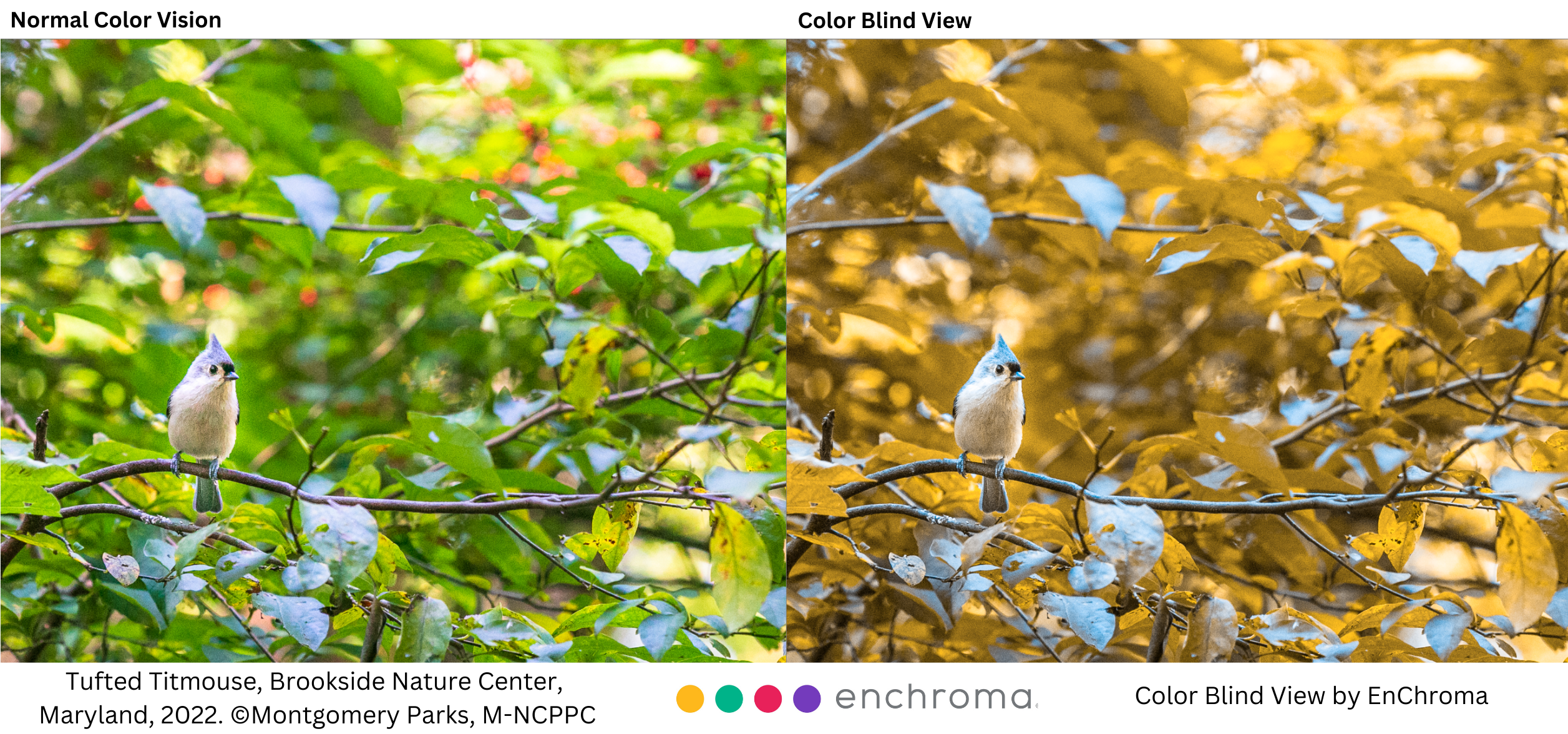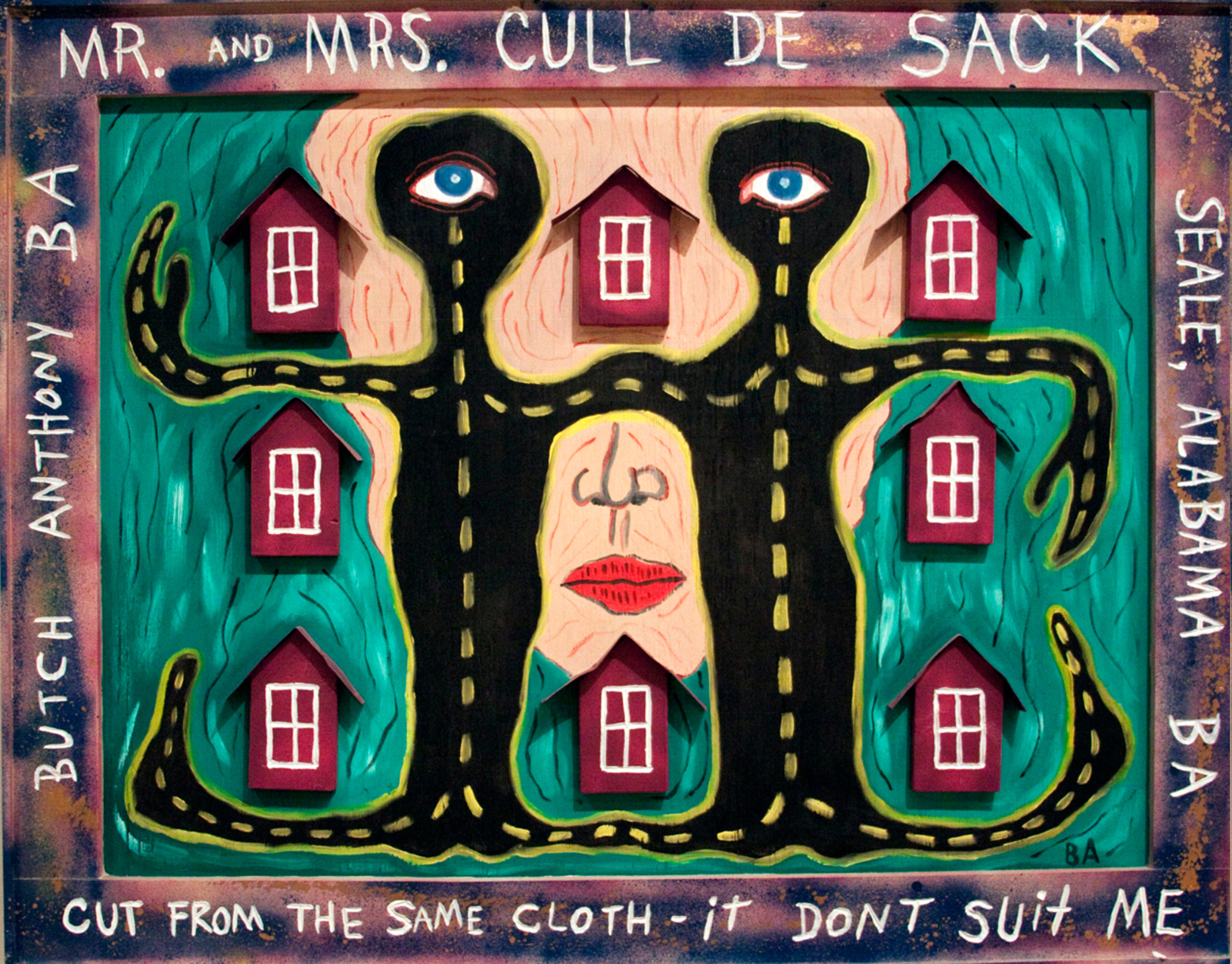Montgomery Parks, in partnership with EnChroma, recently broke new ground by enhancing the park experience for visitors who are red green colorblind. The pioneering initiative aims to make more of the vibrant hues of nature accessible to all, regardless of their color vision limitations. Let's dive into what this means and why it's a significant step forward in park accessibility and improving visitor experiences.

A Colorful Collaboration
Based in Wheaton, the Maryland-National Capital Park and Planning Commission (M-NCPPC), Montgomery Parks, is addressing a common yet often overlooked challenge—color blindness. EnChroma, known for their color vision enhancing glasses, joined forces with Montgomery Parks to assist thousands of visitors who are red green colorblind, one of the most common types of colorblindness (Color Vision Deficiency, CVD). By loaning EnChroma glasses to visitors, the parks are enabling color blind people to experience a broader spectrum of nature's colors for perhaps the first time in their lives.
The Vision Behind the Venture
The various types of colorblindness affect one in 12 men (8%) and one in 200 women (0.5%), with Maryland alone home to approximately 263,000 individuals with red-green color blindness. Jennene Blakely, Montgomery Parks program access manager, summed up the park's commitment to inclusivity. “Montgomery Parks is committed to providing inclusive opportunities for people with all types of disabilities. We believe that everyone should be able to experience the natural beauty in our parks.”
What do Colorblind People See?
Red green color blind individuals have a limited ability to perceive colors accurately, making some colors appear dull or indistinguishable. For example, red might look brown and green seems gray, tan, or yellow. This not only affects everyday activities but can also diminish the enjoyment of nature's diverse palette.
Click here to see more images of the colors of Montgomery Parks as they appear to the color blind, and to answer the common question,‘What do colorblind people see?’
How do Colorblind Glasses Work?
EnChroma glasses use advanced lens technology (‘notch band filters’) to enhance color perception for those with red-green color blindness, allowing users to see a broader range of hues and shades. This technology can transform a visit to Montgomery Parks into a more vibrant and colorful experience, enabling visitors to appreciate the pink of flowers, the green of leaves, and distinguish red berries on a green bush, in ways they never imagined possible before.
“Everything is so beautiful,” said Seth Heyer, age 14, a local student who is color blind and tried the glasses at the event. “I had no idea it is all so colorful!”

A Step Towards Greater Accessibility
Montgomery Parks' collaboration with EnChroma is more than just about seeing colors; it's about enhancing accessibility and ensuring that all visitors, regardless of their physical abilities, can more fully enjoy what nature has to offer. It reflects a broader commitment to inclusivity for the community the parks serve, setting a precedent for other parks and public spaces across the nation and around the world.
Looking Forward
As we celebrate this innovative partnership, it's exciting to consider its potential impact. Not only does it offer a more inclusive park experience for those with color blindness, but it also raises awareness about the importance of accessibility in natural spaces. Montgomery Parks and EnChroma's initiative serves as a model for how technology and a commitment to accessibility can come together to break down barriers.
About EnChroma Glasses
EnChroma’s patented lens technology is engineered with special optical notch filters that scientific studies have shown enable people with red-green color blindness to see an expanded range of colors more vibrantly, clearly and distinctly. The glasses are not a cure for color blindness, do not deliver 100% color vision, and do not work for all types of color blindness. They work for approximately 8 out of 10 people with red-green color blindness, specifically those with Deuteranomaly or Protananomy, and reaction times and results vary. To learn more please visit enchroma.com.
About Montgomery Parks
Montgomery Parks manages more than 37,000 acres of parkland, consisting of 419 parks. It is a department of The Maryland-National Capital Park and Planning Commission (M-NCPPC), a bi-county agency established in 1927 to steward public land. www.MontgomeryParks.org



